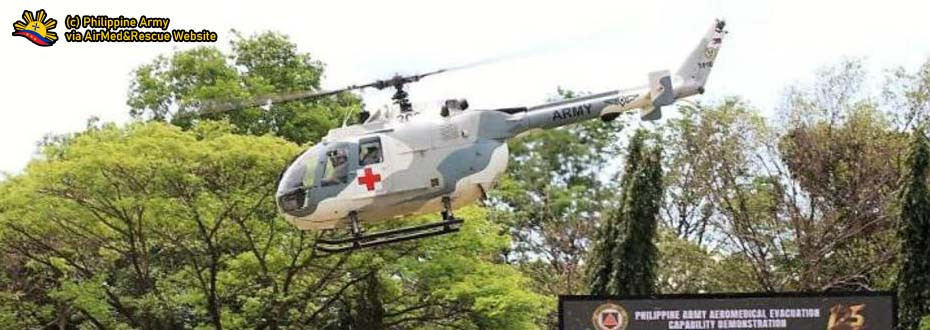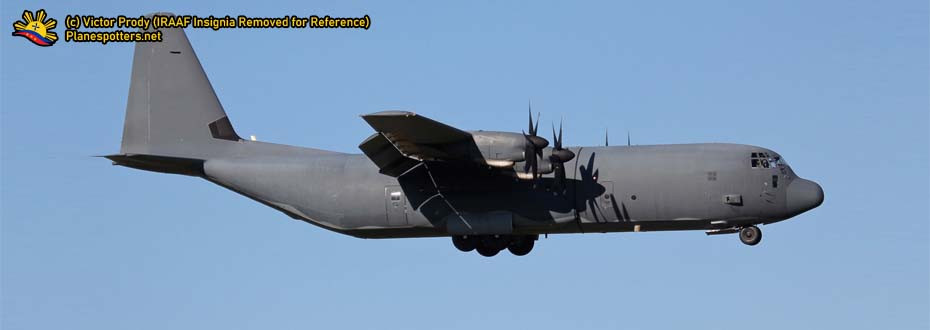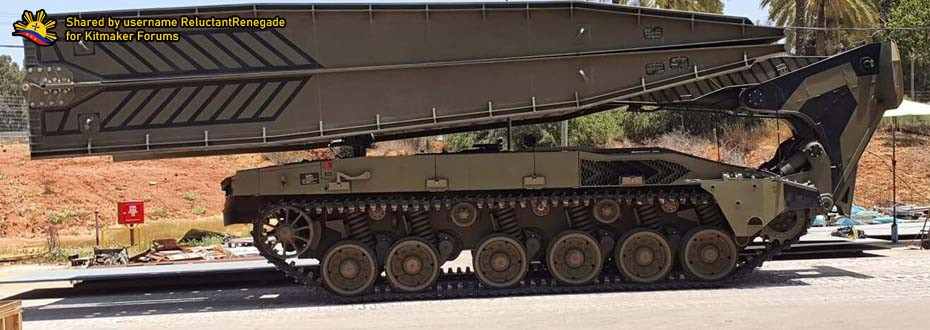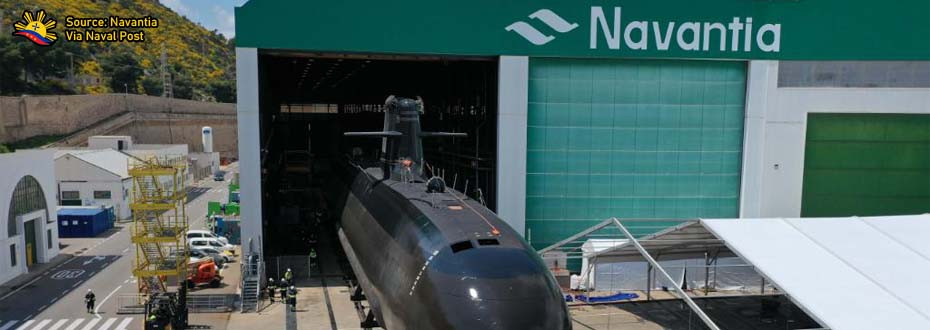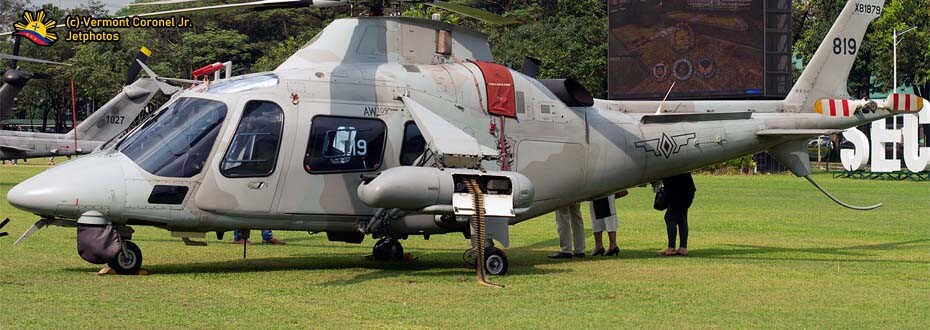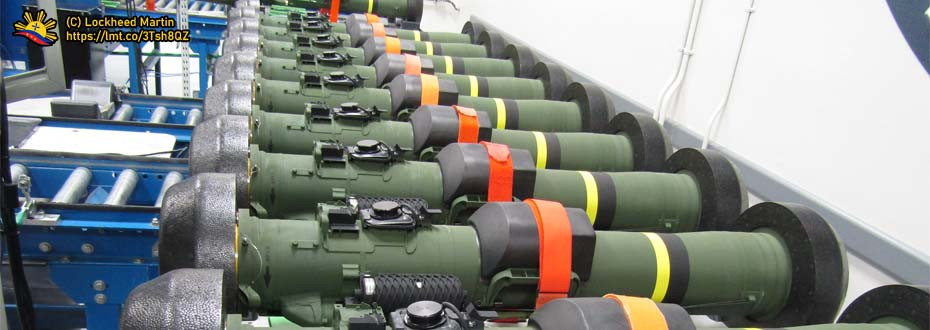Since PAF starts from level one all over again, it comes as not of a surprise that FA-50 jets are interim fighter jets since MRFs are still about to materialize. All of this in which it stirs confusion among common people upon the purpose of the FA-50. Not also to mention that the Flight Plan 2028 comes up with plans for a credible, stronger air force.
The question comes in this way: is FA-50 capable of its mandate alone? How does it play a role in an ideal air defense system? How do its specs come out with its expectations?
FACTUAL VIEWPOINTS
With the notes coming from Tan Tian Cai. [link here]
 |
| A screen of an early warning radar. |
Among the endless debate over the FA-50PH's roles and capabilities, equipment level, and future MRF, people get so caught up in the argument over what the FA-50PH can do or not that they often outright ignore the big picture. A lot has been said over how the FA-50PH could serve as an interim interceptor until the future MRF enters service.
People take one look at the FA-50PH's spec sheets and conclude that it's on par with a light MRF as it's already well equipped for multi-role missions. Many people like to point to fact that the FA-50PH is equipped with Link 16 Datalink as a benchmark that it's capable of joint forces operations.
Unfortunately, specs alone don't tell the whole story. To use the much exhausted Link 16 as an example, the data link by itself alone is useless. In simple terms, before you can use the data link to share data, you need assets to collect the data to be shared. If you have no data to share, then the data link is useless.
Here lies the problem. The PAF lacks not only fighter jets, but they also lack the important force-multiplying assets, namely proper radar coverage of its territory. Radar is the eyes of the battlefield. You simply can't hit what you never saw coming no matter how powerful your gun.
Looked at from this angle, the issue is serious. The FA-50PH's Link 16 is useless because the PAF doesn't have AWACS to gather data over the local airspace and share it with the FA-50PH. It's been discussed both over here as well as on the mother forum that the Philippines' ground-based radar network has coverage gaps and blind spots.
The situation will remain unchanged even when the PAF's new MRF jets arrive. All their advanced sensors are for naught if they lack the rear end support of AEW&C assets. Assets that the PAF lacks.
After all, this said, the bottom line is simple. The PAF must NOT neglect the need to invest in force multipliers. At the very least, radar coverage of the Philippines airspace must be improved. Because even the best MRFs are blind without radar vectoring to tell them where to go to perform a successful intercept.
What the Philippines urgently need is not new fighters. It's a radar network to detect intruders and guide friendly aircraft to intercept.
 |
| Airbus Military C295 AWACs. |
Overall, the capabilities of the whole air force in general is far from being upright, citing the fact that there are many things that are yet to be materialized. The FA-50s are a start but are insufficient to implement PAF's mandate for a PADIZ.
Thus, goals are far from reach as per capability wise is concerned. For now, let there be satisfaction for these LIFT jets, and keep the modernization ongoing, if one really wants to have a credible, strong air force.
(c) 2016 PDA, edited and improved 02/17/2023.











